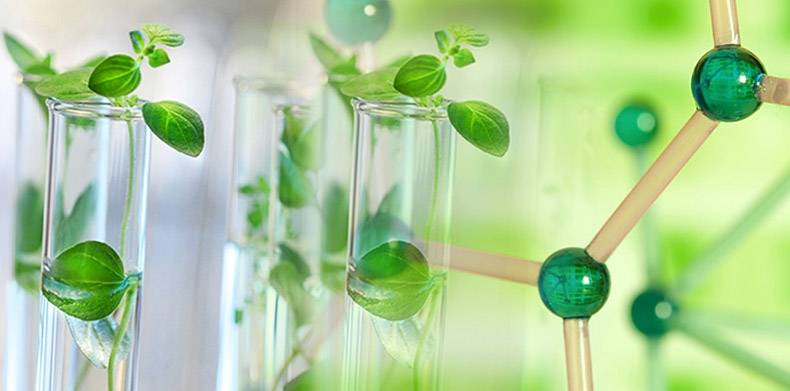


Green nanoparticles: Eco-friendly solutions for the future.
Innovative Nanotechnology Paves the Way for Greener, More Sustainable Solutions in Medicine, Environment, and Industry
[La Réunion, France] – In a groundbreaking move towards sustainability, the scientific community is witnessing a revolutionary advancement with the rise of Green Nanoparticles—a vital technology that promises to shape the future of medicine, environmental conservation, and industrial applications. Green nanoparticles, produced through eco-friendly methods, are rapidly gaining traction for their superior performance, low environmental impact, and alignment with global green initiatives. Companies and research institutions across the globe are now harnessing this innovative technology to drive change in sectors ranging from healthcare to environmental remediation.
Green nanoparticles, also known as eco-friendly nanoparticles, are a class of nanomaterials synthesized using non-toxic, biodegradable methods that align with sustainable development goals. They are derived from natural sources, including plant extracts, microbes, and biodegradable polymers, minimizing the use of harmful chemicals and reducing waste in production processes. As the world shifts towards greener technologies, green nanoparticles represent a significant leap in nanotechnology, offering unparalleled advantages in biomedicine, drug delivery, and environmental protection.
Nanoparticles are minute particles, typically ranging from 1 to 100 nanometers in size, that possess unique physical and chemical properties. These properties make them highly effective in various applications, particularly in sectors such as medicine, electronics, and environmental engineering. Traditional nanoparticles, however, are often synthesized using toxic chemicals and energy-intensive processes, leading to concerns about environmental harm and human health risks.
Green nanoparticles, on the other hand, are synthesized through environmentally benign processes. They are produced using natural reducing agents like plant extracts, fungi, bacteria, and polysaccharides. This method significantly reduces the need for hazardous materials, minimizes toxic waste, and lowers the energy footprint associated with nanoparticle synthesis. Furthermore, green nanoparticles are often biodegradable, ensuring they do not accumulate in the environment or contribute to long-term pollution.
The potential applications of green nanoparticles are vast and varied, with industries around the world increasingly recognizing their value. Some of the key sectors benefiting from green nanoparticle technology include:
Moreover, green nanoparticles show strong antimicrobial properties, which can be harnessed in developing new antibacterial treatments, wound dressings, and coatings for medical devices. This is particularly important in the fight against antibiotic-resistant bacteria, a growing global health threat.
Green nanoparticles are also being investigated for their potential in renewable energy applications. Researchers are exploring their use in solar cells and fuel cells to improve efficiency and reduce reliance on non-renewable resources.
One of the leading companies at the forefront of green nanoparticle research and development is Torskal Nanoscience. Specializing in the development of green nanotechnology for biomedical applications, Torskal has pioneered the use of eco-friendly nanoparticles in cancer treatment and diagnostics. Their research focuses on harnessing the power of green nanoparticles to deliver targeted cancer therapies that reduce side effects and improve patient outcomes.
“Our goal is to create sustainable, high-performance nanoparticles that can revolutionize the field of medicine while minimizing environmental impact,” says [TorskalNanoscience], at Torskal. “Green nanoparticles are the future of nanotechnology, offering a unique blend of efficacy and environmental responsibility.”
Through ongoing collaboration with research institutions and industry partners, Torskal aims to scale the production of green nanoparticles and expand their applications in various fields, including environmental conservation and industrial manufacturing.
As the global demand for sustainable technologies grows, green nanoparticles are poised to become a cornerstone of future innovations. Their unique properties and eco-friendly production processes align perfectly with global efforts to reduce carbon emissions, minimize waste, and promote health and well-being. Governments, industries, and research institutions are increasingly recognizing the potential of green nanoparticles to address some of the world’s most pressing challenges, from combating climate change to improving healthcare outcomes.
By embracing green nanoparticles, we can pave the way for a more sustainable and equitable future. As research and development continue to advance, the full potential of this technology will undoubtedly unfold, transforming industries and improving lives worldwide.
[TorskalNanoscience] is a leader in the development of sustainable nanotechnology solutions. Dedicated to advancing green innovations, [TorskalNanoscience] is committed to creating eco-friendly products that improve the quality of life while protecting the environment. With a focus on research, innovation, and collaboration, the company strives to bring cutting-edge technology to industries ranging from healthcare to environmental conservation.
For more information, visit [https://www.torskal.com/] or contact [ [email protected]].
Media Contact:
[TorskalNanoscience]
[Revolutionizing Sustainability with Green Nanoparticles]
[ (+262) 692 72 02 92, (+262) 262 93 88 31]
[ [email protected]]
